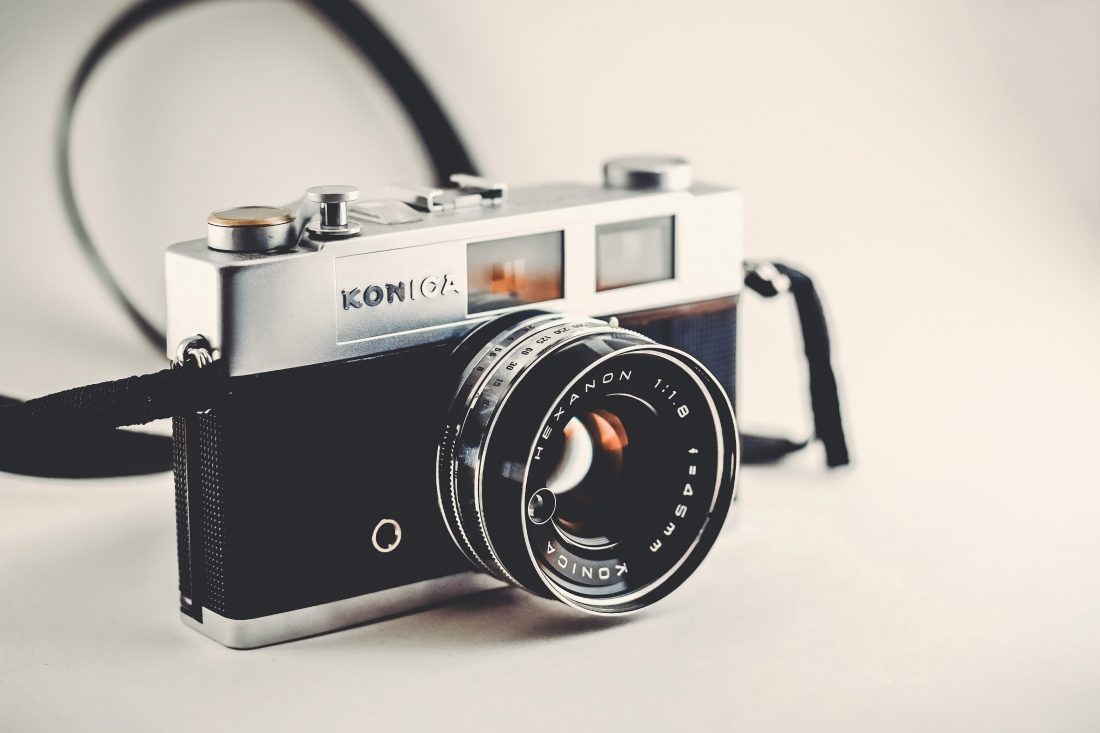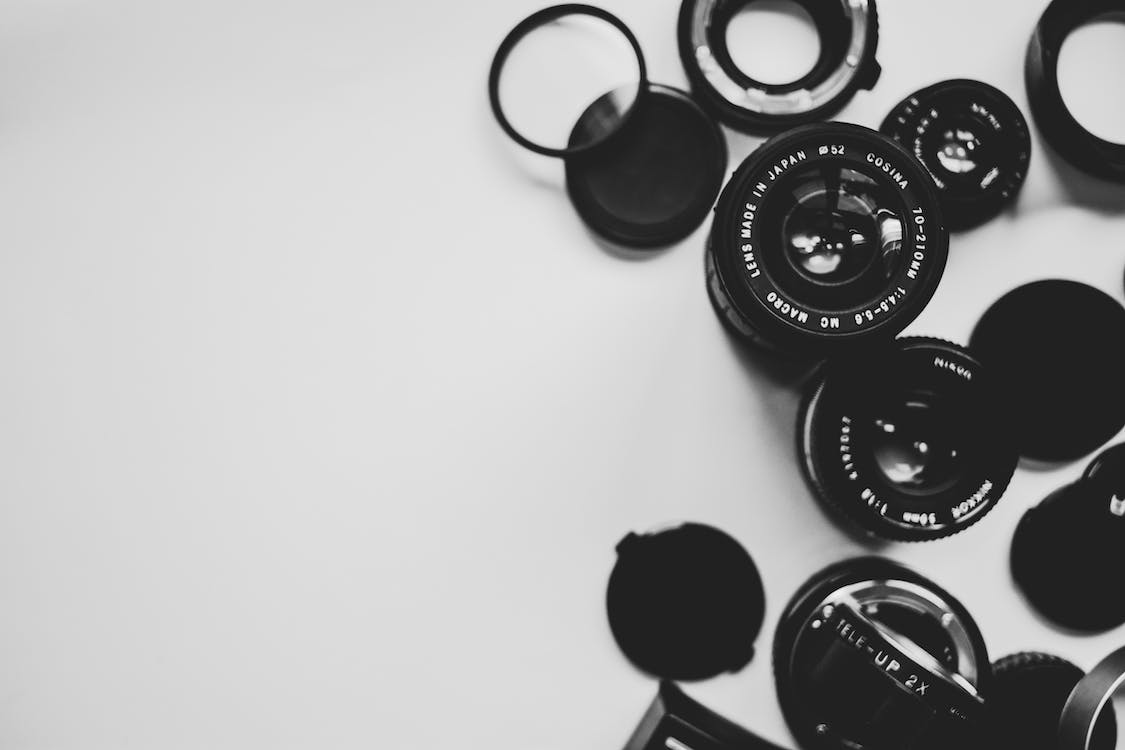
The Kodak Retinette f (type 022/7) is a vintage film camera that was first released by Kodak in the mid-1950s. It was part of the Retinette series, which were known for their compact size and user-friendly features. The Retinette f was designed to be an affordable option for amateur photographers who wanted to explore the world of film photography.
The camera features a fixed lens with a focal length of 45mm and a maximum aperture of f/3.5. It is equipped with a coupled light meter, which helps photographers determine the correct exposure settings for their shots. The light meter is located on the top of the camera, along with the film advance lever and the shutter release button.
One of the notable features of the Retinette f is its folding design. When not in use, the camera can be folded into a compact size, making it easy to carry around and store. This design also helps protect the lens and other components from damage. To use the camera, simply unfold it and you’re ready to start shooting.
The Retinette f uses 35mm film, which is loaded through the bottom of the camera. It has a manual film advance mechanism, meaning you need to manually advance the film after each shot using the film advance lever. The camera also has a built-in exposure counter to help keep track of the number of shots taken.
**Release Date and Pricing**
The Kodak Retinette f (type 022/7) was released in 1956 and was priced at around $49.95 at the time. Adjusting for inflation, this would be equivalent to approximately $480 in today’s currency. It was considered a budget-friendly camera and was popular among amateur photographers who wanted to experiment with film photography without breaking the bank.
**Conclusion**
The Kodak Retinette f (type 022/7) film camera is a vintage gem that offers a compact and user-friendly design. With its folding mechanism, coupled light meter, and affordable price point, it was a popular choice for amateur photographers in the 1950s. Even though it may seem outdated in the digital age, it still holds a special place in the hearts of film photography enthusiasts who appreciate the nostalgic experience it provides.
